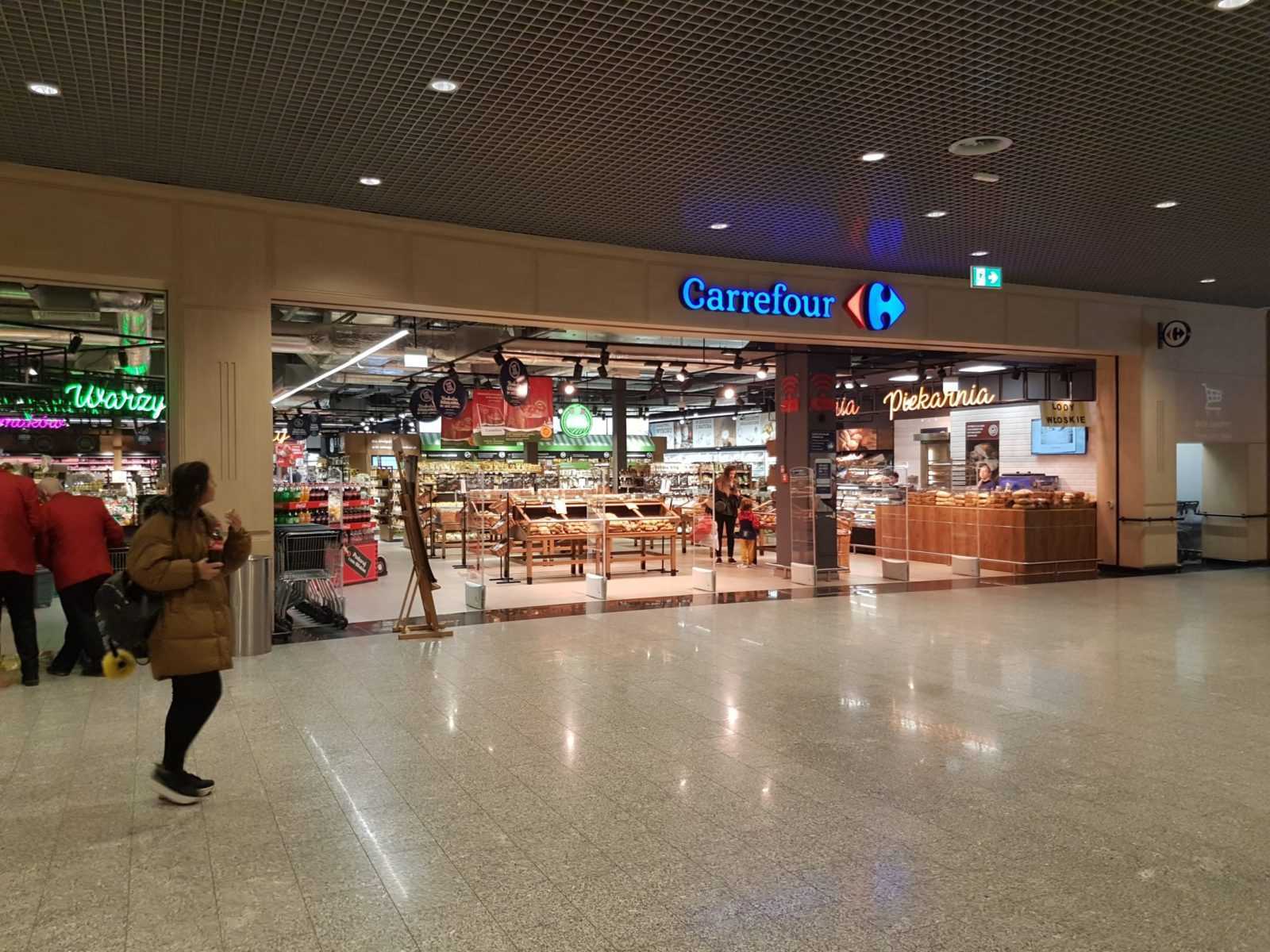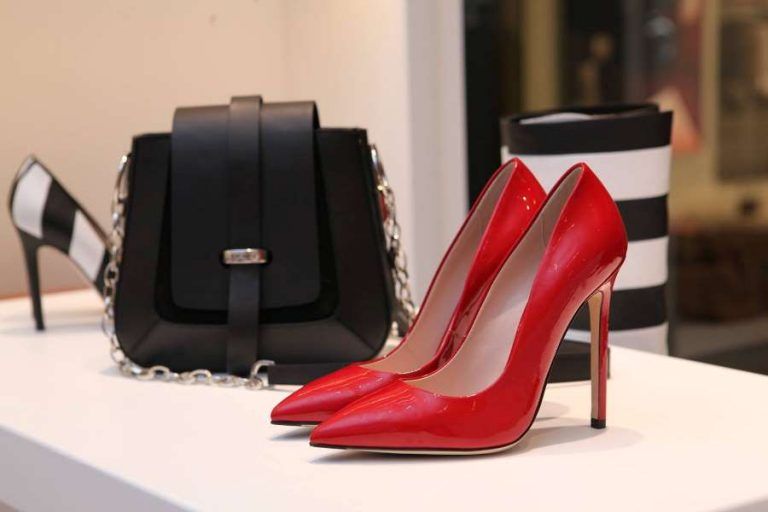Hypermarkets will be popular for a long time to come

Wpis dostępny jest także w języku:
![]() polski
polski
Although the hypermarket channel is basically stagnant compared to other modern channels and some brands are even in deadlock, they are still popular and visited by many Poles. Discount chains such as Biedronka or Lidl, or recently the most fashionable convenience stores do not have a full range of food products. Those more interested in cooking anyway cannot do without specialist shops or large supermarkets and hypermarkets, as PMR data contained in the report “Retail trade in food products in Poland 2018. Market analysis and development forecasts for the years 2018-2023” show.
It is interesting to note that hypermarkets are most often considered to be complementary to daily shopping in the above mentioned formats, or even small format shops. It is worth mentioning that changes such as Sunday’s ban on trade have caused some consumers to go for large purchases only to the format of shops, where they are able to make complex purchases.
Due to the larger area, these shops have a richer offer, more products and a variety of brands. Although discounts are brilliant in temporary offers, similar products are permanently available in hypermarkets. Additionally, hypermarkets are used as “warehouses” for e-shops, as is the case, for example, in Tesco.It is also very interesting to observe that hypermarkets were the first to introduce the latest technological solutions in order to attract customers.
The example of Carrefour Pro is very interesting here – photos in this article present this shop. Although it is a small format shop for a hypermarket, rather something between a compact hypermarket and a large supermarket, a few completely modern solutions are being tested here, as in our home market.
The first such novelty is the lack of checkout lines at the “exit” from the shop. This line of cash registers is completely on the side and after paying you have to go through a fragment of the shop anyway. Does it make sense? As for me, especially that the shop wants payments to be made remotely, and then the cash register itself is not needed – we scan the products and pay for them in the application. Generally, the shop tries to make consumers order as much as possible in the e-shop, which can be seen by the number of large touchscreens, practically at the end or beginning of each alley and additionally in one central place. It may also serve one purpose, i.e. the shop does not have a wide range of non-food products for a hypermarket, and e-commerce should allow for the purchase of a full range of products. Another curiosity, which is not popular, and certainly not in this form, is the gastronomic island in the middle of the shop, where cooks prepare products on an ongoing basis.
Hypermarkets have one more advantage – the surface area. They are able to offer and change a lot, not like in the popular Biedronka, where adding a new assortment is problematic. Growing fashion for product information (exact place of origin, who processed it and how – large monitors), fresh products (cultures of herbs and parts of vegetables directly in the store – hydroponics), convenience food (extended offer also catering, or the ability to reheat the meal from the counter) makes the place in the store key, and smaller formats will not be able to offer it all and to the same extent as hypermarkets.
To sum up, although hypermarkets have problems and some of them will disappear from the map, this format still has many advantages that may attract Poles. These advantages are not only modern solutions or the widest selection of products, but also the most attractive price, as shown by independent basket research putting Auchan or Kaufland in the first place.







